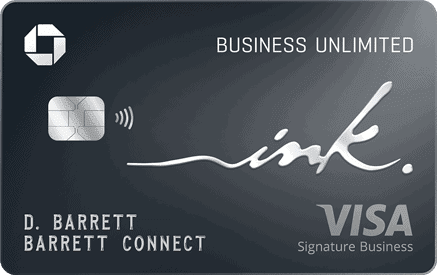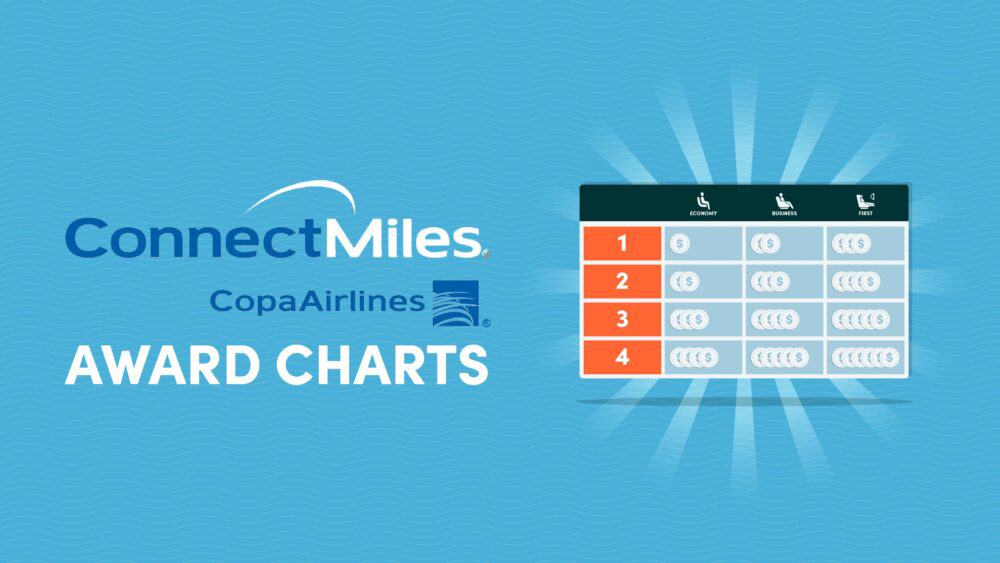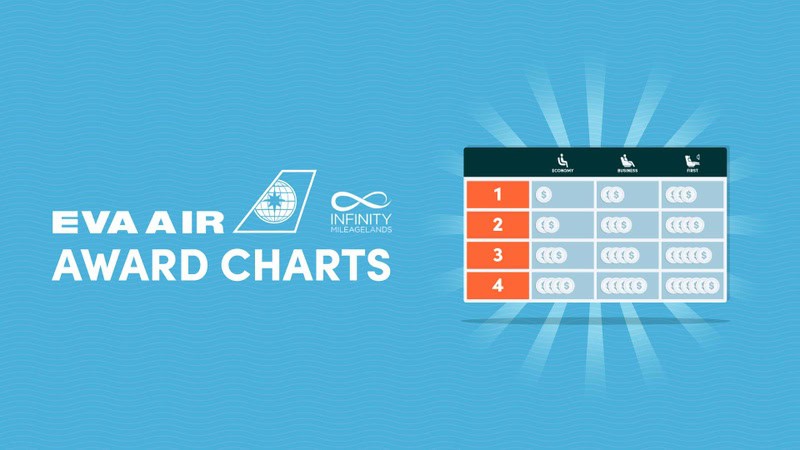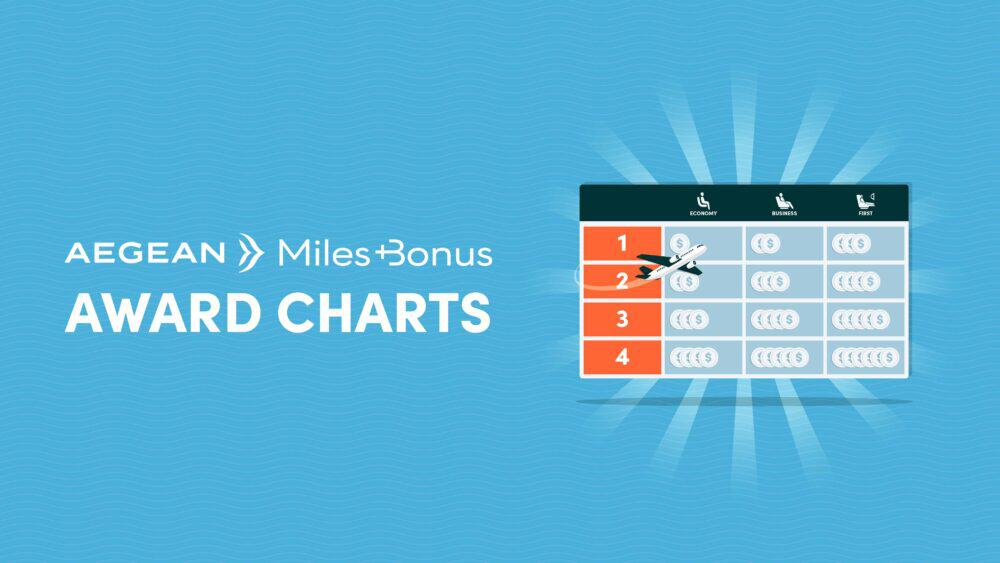
10xTravel is part of an affiliate sales network and receives compensation for sending traffic to partner sites, such as CreditCards.com. This compensation may impact how and where links appear on this site. This site does not include all financial companies or all available financial offers. Terms apply to American Express benefits and offers. Enrollment may be required for select American Express benefits and offers. Visit americanexpress.com to learn more. All values of Membership Rewards are assigned based on the assumption, experience and opinions of the 10xTravel team and represent an estimate and not an actual value of points. Estimated value is not a fixed value and may not be the typical value enjoyed by card members.
Note: Some of the offers mentioned below may have changed or may no longer be available. The content on this page is accurate as of the posting date; however, some of our partner offers may have expired. You can view current offers here.
Most major airlines across the globe are part of an alliance and perhaps a few other additional partnerships. But in an industry as competitive as the airline industry, why is collaboration so commonplace?
It’s nearly impossible for a single airline to offer expansive routes across the entire world on its own. Instead, it’s much easier for groups of airlines to come together and achieve this goal cooperatively. For travel enthusiasts like us, these alliances and partnerships present us with benefits we wouldn’t otherwise have. Now, we can book a single ticket that takes us to multiple destinations around the world, and earn frequent flyer miles for our preferred airline whenever we fly with partners.
Understanding airline alliances and partnerships is essential if you want to maximize the value of airline miles–both in earning and redeeming them. In this article, we will examine the three biggest alliances, being Star Alliance, Oneworld and SkyTeam, as well as individual partnerships forged between major airlines. Most importantly, we’ll shed light on how you can make the most of these partnerships as you plan for future travel.
Airline Alliances vs. Airline Partnerships
Airline alliances exist between multiple airlines to enhance connectivity and improve passenger benefits. Airlines within an alliance can collaborate in various ways, such as offering code-share flights, shared airport lounges and shared frequent flyer benefits. There are three major airline alliances in the aviation industry today: Star Alliance, Oneworld and SkyTeam. We’ll take a closer look at each alliance later.
Airline partnerships are another form of agreement between individual airlines. Unlike alliances, which involve multiple airlines, partnerships typically involve just two carriers trying to achieve mutually beneficial goals. These can include codeshare agreements, joint marketing efforts and shared lounge access.
Overall, the goal of alliances and partnerships is to help airlines reach a more global passenger base, while also enhancing the travel experience. However, partnerships tend to be more localized and specific in their scope compared to the broader networks established by large airline alliances.
Airlines are frequently involved in both alliances and partnerships. For example, take Delta Air Lines–a member of the SkyTeam alliance. Delta has also formed partnerships with individual airlines such as Virgin Atlantic (among others) outside of the SkyTeam alliance.

Benefits of Airline Alliances and Partnerships
Airline alliances and partnerships have the potential to really enhance your travel. The biggest benefits include more ways to earn and redeem miles, as well as more elite status benefits.
Redeeming Miles with Partners
One key benefit of alliances and partnerships lies in the ability for travelers to redeem miles across a wider range of airlines. Miles earned with one airline can be utilized to book flights with any partner airline. This greatly increases the flexibility of frequent flyer miles beyond just the specific airline’s route map.
For instance, suppose you accumulate miles with United Airlines. Your United MileagePlus miles can be used not only on United but also on any of its Star Alliance partners and other non-alliance partners. This can help you explore destinations served by partner airlines that might not be directly accessible through United.
This entire setup also allows for certain redemption “sweet spots” to exist. One of the worst-kept secrets in the travel rewards world is that miles earned with Airline A don’t always offer the best value when redeemed with Airline A. Instead, you can and likely will find better value in redeeming them with partner Airline B.
One example involves a sweet spot on any mainland U.S. flight to or from Hawaii. When you use the Turkish Airlines Miles&Smiles program to book United flights, it only costs 10,000 Turkish miles one-way in economy, or 20,000 for a round-trip. Since it’s pretty easy to get Turkish miles via credit card programs like Capital One or Bilt, this is an awesome sweet spot for flights to Hawaii. The same flight often costs a lot more miles when booking directly with United, and it’s also tough finding better value redeeming Turkish miles with Turkish Airlines.
Earning Miles with Partners
Another significant advantage of airline alliances and partnerships is that passengers can earn miles not only with their primary airline but also with its partner airlines. This opens up a lot of opportunities to accumulate miles faster and reach elite status levels more efficiently.
This tends to work well if you mostly fly with one particular airline. For instance, if you’re based in a U.S. West Coast city like Seattle or Portland, your primary airline might be Alaska Airlines. You’d earn the majority of your miles flying Alaska, but whenever you take a flight with any of Alaska’s Oneworld partners or other partners, you can also provide your Mileage Plan number to earn additional Alaska miles.
Elite Status Partner Benefits
We typically think of elite status as being obtained through travel and loyalty to a specific airline. While that’s still mostly true, it’s common to see extensions of elite status benefits across member airlines within the same alliance or partnership. These benefits can include priority boarding, complimentary upgrades, lounge access, increased baggage allowance and more.
For example, if a passenger holds Gold Medallion elite status with Delta Air Lines, they gain access to similar benefits when flying with other airlines within the SkyTeam alliance. Specifically, Delta Gold Medallion status maps to SkyTeam Elite Plus, which grants privileges like priority baggage handling when flying with any SkyTeam carrier, and global SkyTeam lounge access.
Because elite status with one airline can potentially get you matched benefits with multiple others, it’s often strategic to focus on just one primary airline (or one airline alliance) when you travel. Focus exclusively on climbing the elite status tiers for that airline. Otherwise, if you spread your flights across too many airlines and alliances, you can end up just short of reaching the required mileage for elite status benefits on all of them.
Limitations and Considerations
To successfully navigate your way around alliances and partnerships, you need to be aware of a few limitations and considerations.
No Transferring Miles Between Partners
In most cases, airlines don’t allow direct transfer of miles to and from other partners. For example, you cannot directly transfer your United Miles into Air Canada Aeroplan Miles, even though they are Star Alliance partners.
This implies that you need to be strategic about mile accumulation. If you want a certain airline mileage currency, you’ll likely have to earn it by flying with that airline… with some caveats.
Some airline miles are tougher to obtain than others. For instance, it’s relatively easy to earn Air France-KLM Flying Blue miles because the program is a partner of five major U.S. credit card rewards programs. You could earn points with American Express, Bilt, Capital One, Chase, or Citi and transfer them over to Flying Blue.
However, it’s difficult to earn a currency like Alaska Airlines miles because Marriott is its only real transfer partner. Because of this, you might prioritize flying Alaska to earn more Alaska miles, if doing so makes sense for your travel goals.
Variations in Earning Rates
Previously, we mentioned that being able to earn an airline’s miles with that airline’s partners is a huge plus. While this is still true, there are some considerations to keep in mind.
For instance, airlines often cut the earning rate for partners depending on the fare class. To illustrate this, let’s suppose that you fly Alaska Airlines often. Because of this, you choose one of Alaska’s Oneworld partners, Japan Airlines, for an upcoming vacation to Japan.
On Alaska, you earn 100% miles (based on actual flight distance) on all Alaska flights if you purchase a Main Cabin fare.

However, this isn’t always the case with partners. For example, on Japan Airlines, an international Economy fare class L ticket only earns 50% miles, as listed on Alaska’s earn chart for Japan Airlines.

This pattern can be seen throughout alliances and partnerships. The key takeaway is that you usually get the best earning rate on an airline’s own flights, and you’ll have to settle for fewer miles with partners.
This means it’s all the more important to choose your primary airline wisely. Ensure that you do plan to fly with that airline most of the time to maximize earnings. Treat partners as a supplemental way to earn miles when your primary airline doesn’t offer routes to your desired destination.
Variations in Redemption Rates
We also previously mentioned that you can use miles earned with one airline to book flights with any partner airline. This is definitely a huge benefit of alliances and partnerships, but it also means that you should always consider multiple different avenues when booking award flights.
Doing so can save you thousands of points if done correctly. Let’s take an example we’ve already used: domestic flights from anywhere within the mainland U.S. to Hawaii. On United, we can typically find one-way flights for 25,000 United miles.

However, booking this flight through Turkish Airlines is a much better option, because according to its award chart, all “OW” (one-way) domestic flights cost just 10,000 Turkish Miles:

Round-trip, this would cost just 20,000 Turkish Miles, compared to the 50,000 United Miles it would cost to book directly with United.
Major Airline Alliances and Partnerships
Next, let’s explore the three major airline alliances by listing all member airlines of Star Alliance, Oneworld and SkyTeam. We’ll also list some notable independent airline partnerships outside of these alliances.
Star Alliance
Star Alliance is the largest of the three. There are currently 26 member airlines, listed in the following table along with their rewards program transfer partners, if applicable.
| Airline | Rewards Program Transfer Partners |
|---|---|
| Aegean Airlines | Marriott |
| Air Canada | American Express, Bilt, Capital One, Chase, Marriott |
| Air China | Marriott |
| Air India | |
| Air New Zealand | Marriott |
| All Nippon Airways (ANA) | American Express, Marriott |
| Asiana Airlines | Marriott |
| Austrian Airlines | |
| Avianca | American Express, Bilt, Capital One, Citi, Marriott |
| Brussels Airlines | |
| Copa Airlines | Marriott |
| Croatia Airlines | |
| Egyptair | |
| Ethiopian Airlines | |
| EVA Air | Capital One, Citi |
| LOT Polish Airlines | |
| Lufthansa | |
| Shenzhen Airlines | |
| Singapore Airlines | American Express, Capital One, Chase, Citi, Marriott |
| South African Airlines | |
| Swiss International Air | |
| TAP Air Portugal | Capital One, Marriott |
| Thai Airways International | Citi, Marriott |
| Turkish Airlines | Bilt, Capital One, Marriott |
| United Airlines | Bilt, Chase, Marriott |
Oneworld
Next, we have Oneworld, currently the smallest alliance. There are currently 14 member airlines, listed in the following table along with their rewards program transfer partners, if applicable.
| Airline | Rewards Program Transfer Partners |
|---|---|
| Alaska Airlines | Marriott |
| American Airlines | Bilt, Marriott |
| British Airways | |
| Cathay Pacific | American Express, Bilt, Capital One, Chase, Marriott |
| Fiji Airways | American Express, Bilt, Capital One, Citi, Marriott |
| Finnair | Capital One |
| Iberia | American Express, Bilt, Chase, Marriott |
| Japan Airlines | Marriott |
| Malaysia Airlines | |
| Qantas | American Express, Capital One, Citi, Marriott |
| Qatar Airways | American Express, Citi, Marriott |
| Royal Air Maroc | |
| Royal Jordanian | |
| SriLankan Airlines |

SkyTeam
Last but not least, we have SkyTeam. There are currently 19 member airlines, listed in the following table along with their rewards program transfer partners, if applicable.
| Airline | Rewards Program Transfer Partners |
|---|---|
| Aerolíneas Argentina | |
| Aeroméxico | American Express, Capital One, Citi, Marriott |
| Air Europa | |
| Air France | American Express, Bilt, Capital One, Chase, Citi, Marriott |
| China Airlines | |
| China Eastern Airlines | |
| Czech Airlines | |
| Delta Air Lines | American Express, Marriott |
| Garuda Indonesia | |
| ITA Airways | |
| Kenya Airways | |
| KLM | American Express, Bilt, Capital One, Chase, Citi, Marriott |
| Korean Air | Marriott |
| Middle East Airlines | |
| Saudia | Marriott |
| Scandinavian Airlines (SAS) | |
| TAROM | |
| Vietnam Airlines | |
| Virgin Atlantic | American Express, Bilt, Capital One, Chase, Citi, Marriott |
| XiamenAir |
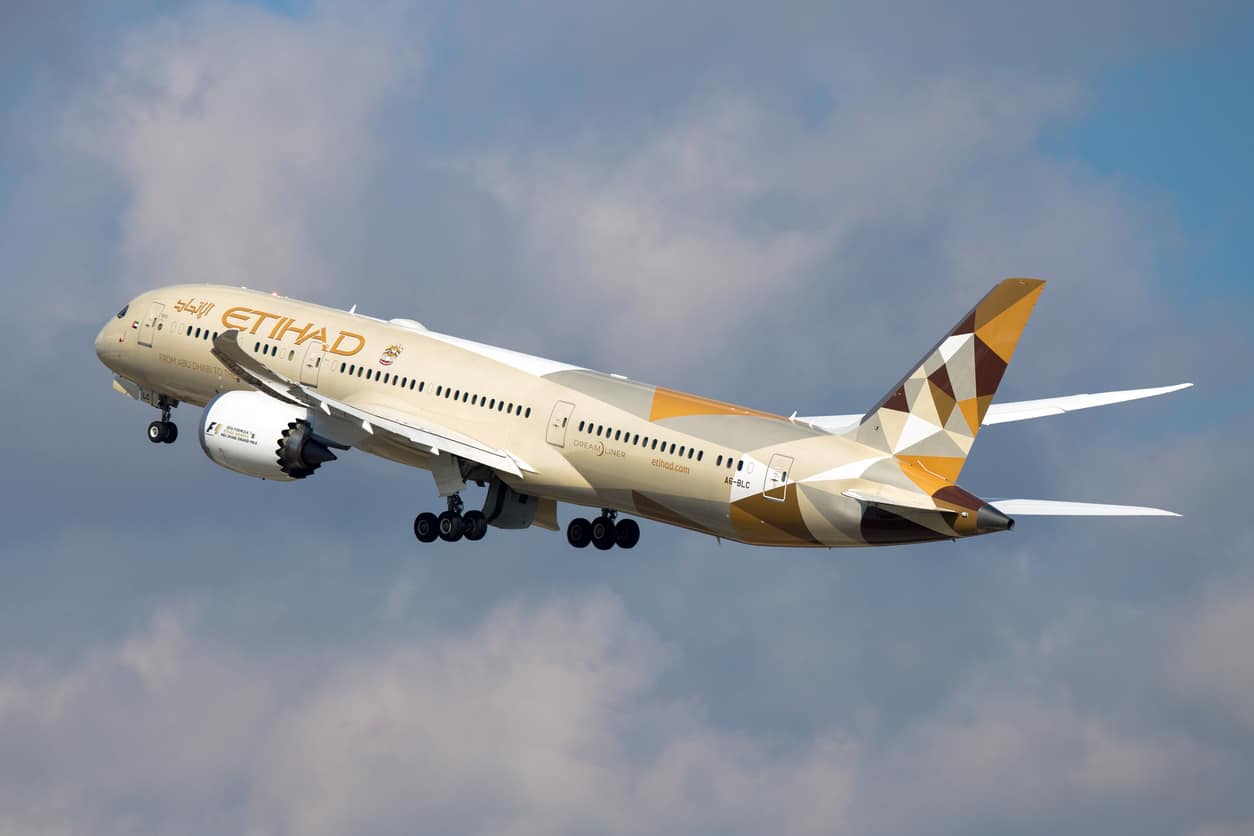
Independent Airlines
While some of the world’s most popular airlines aren’t part of any of the big three alliances, it’s good to be aware of the following independent airlines and their major partnerships. Check each airline’s partner page for detailed information on which partners may be earn-only or redeem-only partners.
| Airline | Major Partner Airlines |
|---|---|
| Emirates | Air Canada, Condor, Copa Airlines, Japan Airlines, Korean Air, Malaysia Airlines, Qantas, South African Airways, TAP Air Portugal, United Airlines |
| Etihad | Air New Zealand, Air Canada, Air France, All Nippon Airways (ANA), American Airlines, Asiana Airlines, Garuda Indonesia, Hainan Airlines, Korean Air, KLM, Malaysia Airlines, Oman Air, Royal Air Maroc, Saudia, Scandinavian Airlines, SriLankan Airlines, Virgin Atlantic |
| LATAM Airlines | Aeroméxico, Alaska Airlines, Austrian Airlines, British Airways, Cathay Pacific, Delta Air Lines, Finnair, Iberia, Japan Airlines, Lufthansa, Malaysia Airlines, Qantas, Qatar Airways, Royal Jordanian, Swiss Airlines, Virgin Atlantic |
| JetBlue | Hawaiian Airlines, Icelandair, Qatar Airways, Singapore Airlines, South African Airways, Turkish Airlines |
| Hawaiian Airlines | China Airlines, Japan Airlines, JetBlue, Korean Air, Virgin Atlantic, Virgin Australia |
Notably, here are some popular budget airlines that do not have any airline partners.
- Southwest Airlines
- Frontier Airlines
- Spirit Airlines
- Ryanair
How to Make the Most of Airline Alliances and Partnerships
To help you maximize the benefits of airline alliances and partnerships, here’s some advice on how best to earn, track and utilize miles effectively.
Focus on One Program in One Alliance
We strongly suggest focusing on just one program in one alliance. In other words, choose a primary airline, preferably the one you anticipate flying with most often, and sign up for their frequent flyer program. When planning trips, try to book flights only with that airline or its partners. Always supply the frequent flyer number for your primary airline.
Doing so helps consolidate your mileage earnings and unlock benefits across an entire alliance. You’ll enjoy more tangible and luxurious benefits by achieving a higher elite status tier for one alliance compared to low elite status tiers for multiple alliances.
Also, for your primary airline, stay informed about all program updates, promotions or changes to alliance partnerships. Consider subscribing to their newsletters, following them on social media and regularly checking their websites for the latest news and promotions. By doing so, you’ll be the first to know about a great deal or an upcoming program devaluation.
Consider Credit Card Rewards
Use credit cards affiliated with airlines to earn extra miles through your everyday spending. This is an especially important strategy for travelers based in the United States since all four of the major U.S. carriers (United, Delta, American and Alaska) have co-branded credit cards.
If you fly one airline a lot more than the others, you could even consider centering your entire credit card strategy based on that airline. For instance, American Airlines offers a bunch of co-branded credit cards that also earn Loyalty Points toward Advantage status. Putting all of your everyday spending on an American Airlines card could give you a big boost towards elite status.
In any case, the welcome bonuses for each card are very lucrative and sometimes come with added benefits as well. The Alaska Airlines Visa Signature® Card, for example, comes with a Companion Fare ticket which allows you to bring a plus-one on any flight for just $99 and taxes. Most of the time, this completely offsets the $95 annual fee and then some.
Track Mileage Balances
It’s incredibly helpful to track mileage balances across different frequent flyer programs using the official airlines’ apps. This allows you to monitor your progress towards elite status and redemption goals.
For example, Alaska Airlines has a handy tool to help you track your progress towards elite status in the current year.

Through these apps, you can also keep an eye out for mileage history. If something seems off or you didn’t get mileage credit for a flight, notify the airline immediately.
Redeem Miles Wisely
It’s been said multiple times in this article, but redeem your miles strategically! Due to variations in redemption rates set by each individual airline, always search far and wide across an airline’s partners to find redemption opportunities that offer the best value for your miles.
Conclusion
Airline alliances and partnerships are good news for travelers. They allow you to earn and redeem miles for your preferred airline with any of its partners. However, they can also make the points and miles world seem more complex to those uninitiated. The tips we shared in this article will help you navigate this domain like a pro traveler.
So the next time you travel, make sure you keep alliance and partnership benefits in mind. If you play your cards right, there’s no doubt that you’ll earn miles faster, reach elite status more efficiently and enjoy enhanced travel perks.
New to the world of points and miles? The Chase Sapphire Preferred® Card is the best card to start with.
With a bonus of 75,000 bonus points after you spend $5,000 on purchases in the first 3 months from account opening. , 5x points on travel booked through the Chase Travel Portal and 3x points on restaurants, streaming services, and online groceries (excluding Target, Walmart, and wholesale clubs), this card truly cannot be beat for getting started!
Editors Note: Opinions expressed here are author’s alone, not those of any bank, credit card issuer, hotel, airline, or other entity. This content has not been reviewed, approved or otherwise endorsed by any of the entities included within the post.




